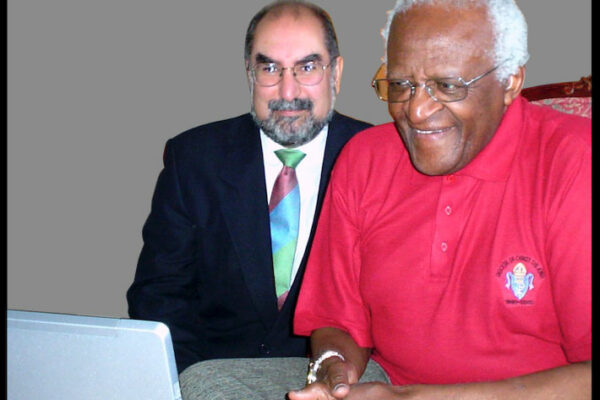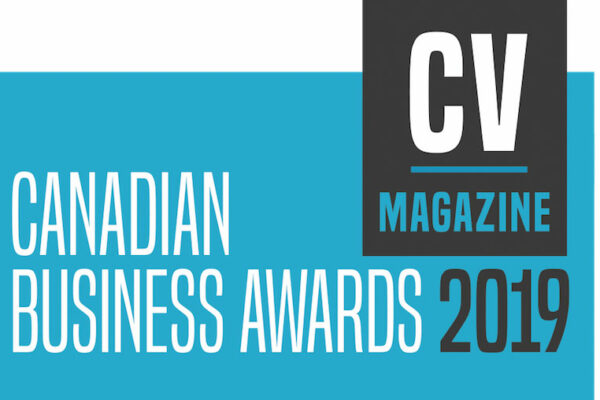Mobile Phones, Animation and a Health-Care Revolution
“Disruption” is a word that rarely produces smiles.
It can mean icy traffic jams and picnic-delaying rain storms, but also life-threatening droughts and epidemics. These are Mother Nature’s ways of telling us not to become smug within our status quo.
When man-made, disruption is more revolt than hiccup, sociological, technological and financial enablers all poking up at the same time. The benefits are rarely spread equally, which is one reason poor countries tend to be slow adopters of any form of creative destruction. But this is changing, quickly, thanks to electronic communications like the Internet and mobile telephones, the biggest disrupters we’ve ever seen.
Across the developing world cell phones now benefit individuals as much as, if not more than, companies, whether for crop-price quotes, event planning or village security. This is why half the people in poor countries use them and why future potential is exponential; humans engage easily with any value proposition that makes life better.

Mobile technology is making health care more accessible and efficient in developing countries. Photo courtesy of IICD.org
One example is the timely electronic transfer of medical information in Africa that can save hundreds of thousands of lives immediately. This trend is also starting to change the very DNA of how public health is practiced.
Mobile health care – mHealth – is as broad as the World Wide Web, yet still in its infancy. It’s potential to improve diagnosis, prescription, monitoring and training is astounding as it “disrupts” the hide-bound barriers between health consumers and producers by offering better care and requiring fewer resources. So it shouldn’t come as a surprise that early adopters are where resources are most thin.
Using very basic mHealth technology, countries like Ghana gather and correlate far-more relevant information about new births ( for example, localized disease/diet ratios) than pediatricians in places like Canada. Last spring during Cambodia’s EV-71 viral outbreak, information about new cases was transmitted immediately using short message service (SMS), allowing health officials to contain the disease and keep the death toll very low, compared to previous epidemics. (The country is doing the same thing with a stubborn form of drug-resistant malaria.)
Today there are about 100,000 mHealth applications for mobile communications. Most are real-time diagnostic and monitoring links that replace expensive visits to hospitals or clinics, which in many countries can mean hours or days of travel as well as lost wages. The future offers universal access currently available to only about a third of the world’s population, and two Irish doctors have been seduced by it.
Two years ago Tom O’Callaghan and Kunal Patel put together a project called iheed (Innovation for HEalth EDucation, a non-profit organization). Its immediate focus is to train one million community health-care workers in sub-Saharan Africa, which has 25 percent of the world’s health burden, particularly maternal and childhood diseases, and only three percent of its workers.

Tom O’Callaghan, Firdaus Kharas and Kunal Patel at the Ottawa International Animation Festival. Photo by Mike Levin.
The plan: use cell phones to deliver primary health-care training. It’s just a start, much like the first brick-sized mobile phone, but the doctors are excited.
“It’s disrupting the entire sense of education because it challenges traditional learning, like all e-learning is doing, changing behaviour through direct contact and feedback. All (health-care training) content already exists in manuals, which to a great extent aren’t accessible to people who need them the most,” says O’Callaghan, a practicing physician in Limerick.
Patel, who now lives in England, echoes the thought: “It was segregated before, now it can be for anyone. Of course there’s a responsibility to get it right; you always need a validation process in diagnosis.”
While many in the medical professions may not want to hear about change, mHealth is headed in the same direction as most other creative endeavors (think music, movies and books) – vertical delivery being replaced by the horizontal. “Let’s just call it diagonal right now,” Patel adds.
Basic primary care delivered electronically is not new. On the Global Health Media Project’s Website, there are videos produced in developing countries showing how to do everything from taking a baby’s temperature to inserting an intra-venous feeding tube.
O’Callaghan loves the project but explains that in-country videos can be very expensive; one segment, about intra-muscular injection, required Western health-care professionals to travel to Africa, and then required 15 takes to complete. One goal of mobile delivery is to bring costs down, so iheed’s founders decided they needed an original approach.
In April O’Callaghan watched a video replay of a presentation by Canadian public-service animation producer Firdaus Kharas during Unite For Sight, a health-care innovation conference at Yale University. “I got to thinking about this, and it seemed this is where our content should be going. Firdaus’ animation projects are world famous; no one else is using animation for (behaviour change). We’re going to break books down into cartoons.”
He even called Kharas “a rock star,” which has to be the most lyrical description ever directed at the shy producer.
“Animation is perfect. It can be done from anywhere without a big budget. Characters can be universal; it uses cross-border humour to help translate expertise; and it’s not just another powerpoint presentation,” Patel says, adding that in his experience, animation is far-better remembered that dramatic video.
So they asked Kharas to be iheed’s creative advisor, which right now means overseeing the project’s content-creation competition. The goal is to get 30-40 submitted training videos that will act as an accelerator for an entire training library. “It’s an ambitious goal to train a million community health workers through the use of animation, but what a very important milestone for improving the health of the people of Africa,” Kharas says.
Health-care costs are escalating everywhere, and most governments are in denial about the impending problems. According to current research, from Boston Consulting Group and McKinsey & Co, mHealth can reduce diagnosis, monitoring and training costs by 15-25 percent in industrialized countries and by as much as 50 percent in developing nations. It’s no wonder, says O’Callaghan, that telecom companies are trying to position themselves as health-care brands.
He also sees the People’s Republic of China as the place where mHealth could reach critical mass. The country’s autocratic government can implement any program it wants. As productivity increases, so do public expectations about health care, and it becomes expedient to keep people happy by keeping them healthy. China’s cell-phone penetration is about 75 percent, or about 800 million devices.
Patel thinks Africa will be the petri dish because substantial improvement will be relatively easy to achieve. Mobile technology is also considered a high-status symbol across the continent, and mHealth can be used as a currency.
He adds the cautionary note that mHealth produces enormous amounts of data, and that begs the question “who gets access?” Yet regardless of where or how this health-care trend catches fire, it could well sweep back into Western countries with the momentum of huge efficiencies and economic savings.
Health care around the world needs a better model, almost a cliche of “not if but when.” This disruptive capacity of mHealth may well happen first in the townships of South Africa or the cities of China. Once industrialized countries get over the irony, they could realize that challenging traditional orthodoxies may not be as scary as it seems.




2 Comments
[…] Read the full story here…. […]
[…] Africa and Asia. He’s now working on projects to communicate the efficacies of solar power and mobile-health applications with companies like Nokero and iheed. Both understand that local solutions mean understanding local […]